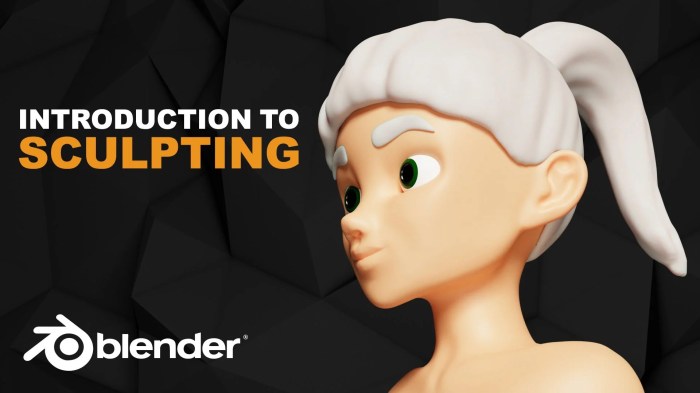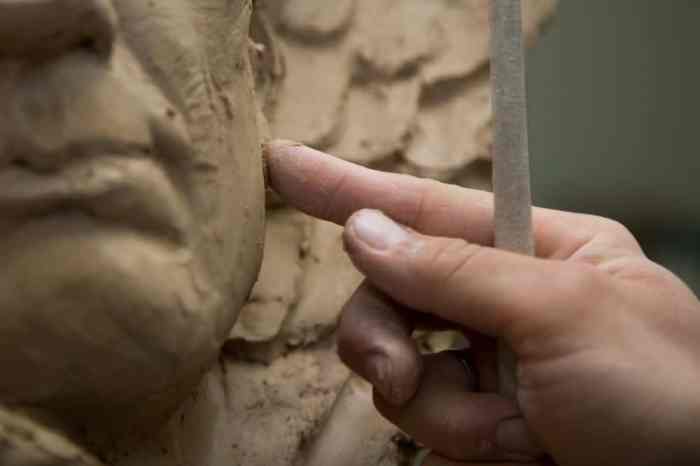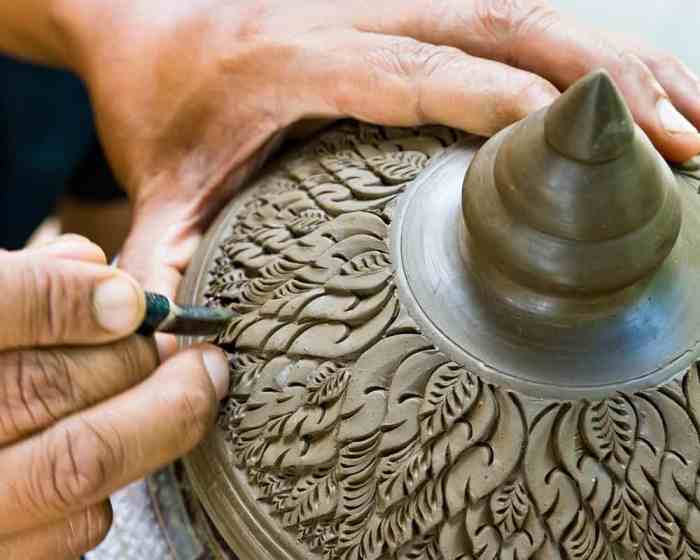Embark on a journey to discover the essential techniques for sculpting with ‘How to Sculpt: 7 Basic Techniques for Beginners’ as your guide.
Unravel the secrets behind creating stunning sculptures from scratch using fundamental tools and methods.
Basic Tools and Materials Needed for Sculpting

Sculpting requires a few essential tools and materials to bring your creative vision to life. Here’s a breakdown of what beginners need to get started:
Tools:
- Modeling Tools: These tools come in various shapes and sizes, such as spatulas, loops, and knives, to help shape and carve the clay.
- Wire End Tools: Used for adding texture and details to your sculpture, wire end tools are essential for intricate work.
- Armature: A supportive structure made of wire or other materials to provide stability and shape to your sculpture.
- Sanding Tools: Sandpaper or sanding sponges are used to smooth out rough edges and surfaces on the sculpture.
- Brushes: Different types of brushes are needed for applying water, smoothing surfaces, or adding fine details to the sculpture.
Materials:
- Polymer Clay: Easy to work with and available in a variety of colors, polymer clay is ideal for beginners due to its versatility.
- Air-Dry Clay: A more affordable option that dries without the need for a kiln, air-dry clay is great for practicing sculpting techniques.
- Modeling Clay: Soft and pliable, modeling clay is perfect for beginners to experiment and practice sculpting without the need for firing.
Each tool plays a crucial role in the sculpting process, from shaping and carving to adding fine details and textures. Choosing the right materials also affects the overall outcome of your sculpture, so it’s essential to select the clay that suits your style and skill level.
Fundamental Sculpting Techniques

Creating a basic armature for sculpting is an essential first step in the sculpting process. The armature serves as the framework that supports the sculpture and helps maintain its shape as you add clay or other sculpting materials.
Building up the Sculpture
When building up a sculpture, it is important to start with a rough shape that captures the basic form of your subject. Gradually add more material to the sculpture, focusing on refining the details and adding texture as you progress. This technique allows you to gradually build up the sculpture from a simple shape to a more complex and detailed piece.
Achieving Proportions and Symmetry
To achieve proper proportions and symmetry in sculpting, it is important to regularly step back and assess your work from different angles. Use tools like calipers to measure various parts of the sculpture and ensure they are in proportion to each other. Pay attention to details such as the placement of features, the alignment of limbs, and the overall balance of the sculpture to achieve symmetry and harmony in your work.
Surface Texturing and Finishing Touches

Adding texture to the surface of a sculpture can greatly enhance its visual appeal and bring out intricate details. The finishing touches play a crucial role in giving the sculpted piece a polished and professional look.
Surface Texturing Methods
- Carving: Using tools to carve out patterns or designs on the surface of the sculpture.
- Modeling: Adding small details by shaping and molding the clay or other sculpting material.
- Stamping: Pressing textured objects onto the surface to create patterns or impressions.
Refining Details and Final Touches
- Use fine sculpting tools to refine small details and smooth out any rough edges.
- Pay attention to proportions and symmetry to create a balanced and visually pleasing sculpture.
- Add final touches by accentuating certain features or adding embellishments to make the sculpture stand out.
Finishing Techniques
- Sanding: Smooth out the surface with sandpaper to remove any imperfections and create a polished finish.
- Polishing: Use polishing compounds or tools to give the sculpture a shiny and smooth appearance.
- Painting: Apply paint or other finishing materials to add color, depth, and texture to the sculpture.
Closing Summary

Master the art of sculpting with finesse and precision by incorporating these basic techniques into your creative process.